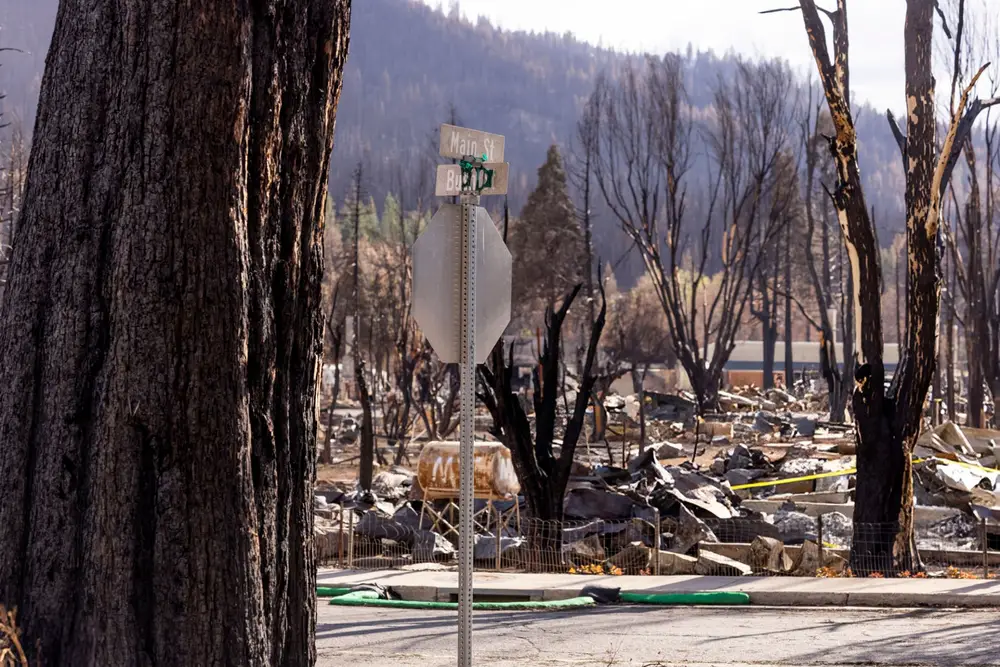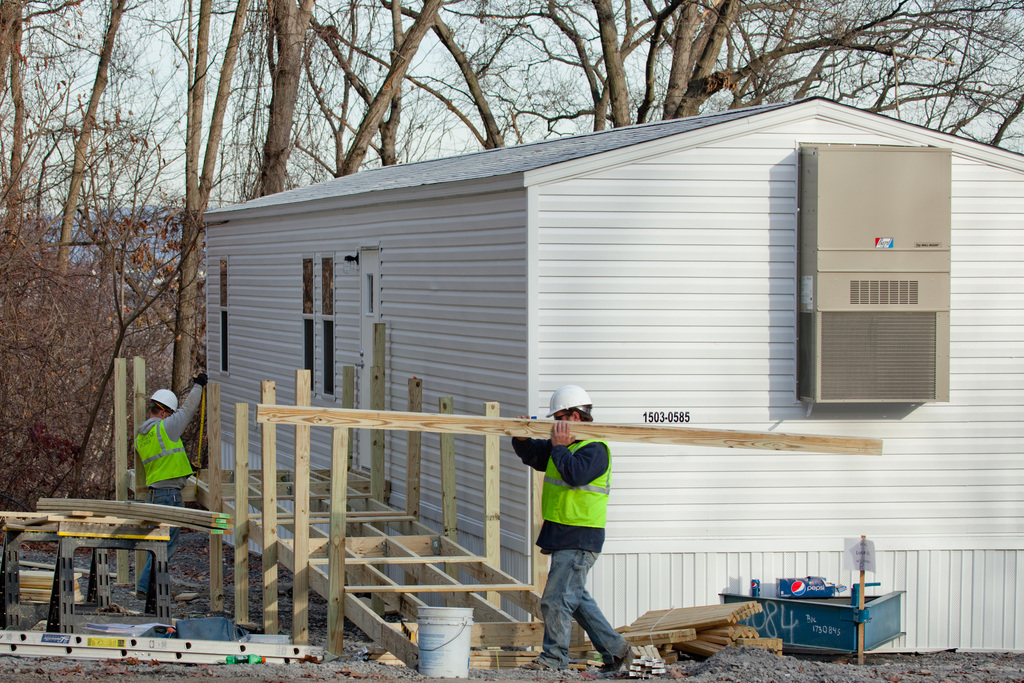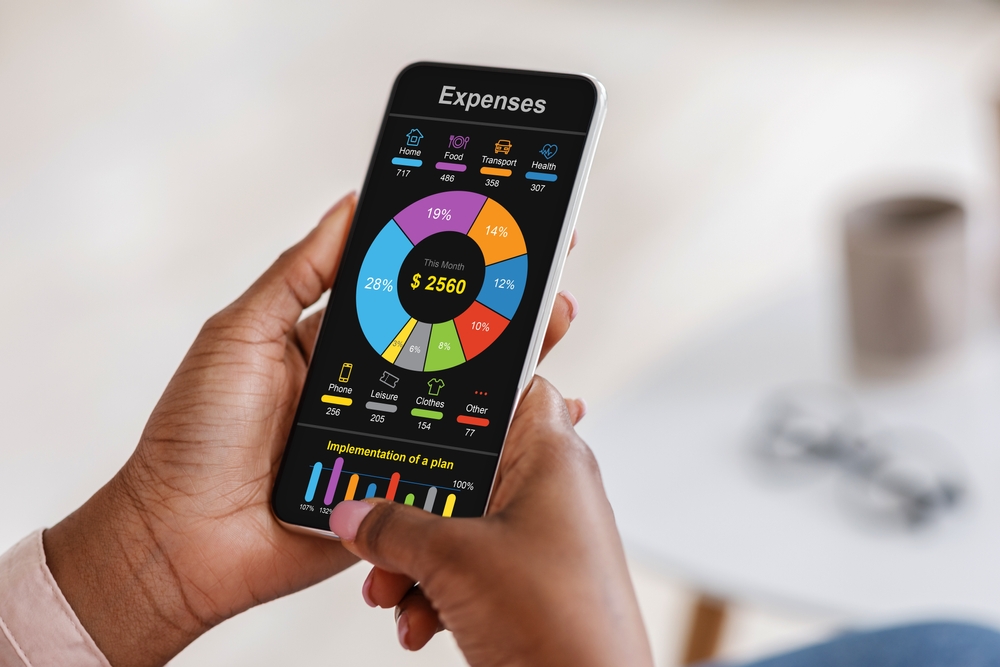The idea of the “American Dream” has been a motivating force for generations, but for many, it feels more elusive than ever. People across the country are questioning whether the promise of upward mobility, prosperity, and security is still attainable. It seems like the traditional markers of success—homeownership, stable jobs, and a comfortable retirement—are slipping through our fingers. Let’s dive into why this concept feels like more of a myth today than a reality for so many people. Here are 13 reasons why the American Dream isn’t delivering like it used to.
1. The Cost Of Living Is Outpacing Wages

It’s a tough pill to swallow, but for many, wages just aren’t keeping pace with the cost of living. While expenses for housing, healthcare, and education continue to rise, salaries seem to be stuck in a time warp. According to the Economic Policy Institute, the average worker’s wages have grown by only 10% from 1979 to 2019 after adjusting for inflation. That’s a snail’s pace compared to the rising prices of all the necessities people face. It’s hard to chase a dream when you’re trying to keep the lights on.
When you’re spending the majority of your income on rent or mortgage, saving for a rainy day—or that dream vacation—feels impossible. Sure, there are those who manage to save, but it often requires sacrifices that many aren’t prepared to make. This isn’t just about budgeting better; it’s about needing a system that pays a living wage. The gap between what people earn and what they need is making the American Dream feel more like a distant fantasy. It’s a struggle that keeps many stuck in a cycle of just getting by.
2. Student Debt Weighs Heavily

For many, the path to the American Dream begins with a college education, but the price tag is staggering. Student loans have become a financial ball and chain, weighing down young adults and even some middle-aged people. With college costs soaring, people are graduating with a mountain of debt that takes decades to pay off. This financial burden makes it challenging to buy a home, invest in retirement, or start a family. Instead of opening doors, education loans often slam them shut.
The pressure of student loans can dictate career choices, pushing people into higher-paying jobs they might not love, just to make ends meet. This isn’t the way dreams are supposed to work—where’s the balance between passion and practicality? It’s not that people don’t want to work hard for their success, it’s that they’re often forced to prioritize financial survival over personal fulfillment. When you’ve got a monthly student loan payment the size of a mortgage, it can feel like life’s options are dictated by debt. The dream of higher education leading to success feels more like a financial trap.
3. The Housing Market Is Out Of Reach

Owning a home has long been seen as a cornerstone of the American Dream, but for many, this goal is slipping out of reach. The housing market has become a daunting beast, with prices climbing faster than wages. According to a study by Zillow, the price of a typical home has increased by 78% since 2012, making it tough for first-time buyers to get on the property ladder. Even with low interest rates, the down payment alone is a significant barrier. Renting indefinitely is becoming the new norm.
And it’s not just first-time buyers who are feeling the pinch. Existing homeowners looking to upgrade face a market that is fiercely competitive, with bidding wars and over-asking-price offers. The dream of a white picket fence is now a pipe dream for many. Homeownership, once a symbol of stability and achievement, feels like a privilege reserved for a shrinking few. This is not just a market adjustment; it’s a fundamental shift in who gets to participate in this aspect of the American Dream.
4. Job Security Is A Thing Of The Past

Long gone are the days when people could work for the same company from graduation to retirement. Today, job security is more myth than reality, with layoffs and gig work becoming increasingly common. The gig economy, once hailed as a flexible alternative to traditional employment, often offers unreliable income with limited benefits. For many, this means juggling multiple roles just to make ends meet, leaving little time for personal pursuits. It’s a hustle culture that’s exhausting, not empowering.
The instability in the job market means constant worry about the future. People find themselves updating resumes and LinkedIn profiles just in case their position is suddenly eliminated. Many have to adapt quickly to new roles or industries, often at the expense of their mental health. This lack of security makes long-term planning difficult, be it buying a home or saving for retirement. In an era where change is the only constant, the promise of a stable career seems like a relic of the past.
5. Healthcare Costs Are Skyrocketing

Healthcare in the United States is a giant elephant in the room that can’t be ignored. The costs associated with medical care have been rising at an alarming rate, far outpacing inflation and wage growth. As noted by the Kaiser Family Foundation, in 2021, the average premium for family coverage has increased by 47% over the last decade. Many people find themselves choosing between filling prescriptions and paying for groceries. When healthcare becomes a luxury, the idea of pursuing a dream takes a backseat to simply staying healthy.
For those without employer-sponsored insurance, the situation is even more dire. High premiums, deductibles, and out-of-pocket expenses make it feel like financial ruin is just one medical emergency away. It’s not just a problem for the uninsured; even those with insurance often struggle with surprise bills and denied claims. With healthcare costs consuming a significant portion of the budget, dreams of financial security and upward mobility seem even more out of reach. When just living requires meticulous financial planning, the dream of a better future feels distant.
6. Retirement Feels Like A Mirage

Retirement used to be a well-earned rest after decades of hard work, but for many, it feels like a mirage. Pensions have all but disappeared, leaving people to rely on 401(k)s and personal savings that often fall short. The reality is that many people are finding themselves working well into their golden years. It’s not always by choice, but rather a necessity to make ends meet. This changes the entire narrative of working hard today to enjoy tomorrow.
For younger generations, the prospect of ever retiring feels bleak. The financial pressures to save for retirement while managing daily expenses and debt can be overwhelming. Many are left wondering if they’ll ever be able to stop working. The traditional notion of retirement is evolving, with some choosing to downsize or relocate to stretch their savings. However, these aren’t ideal solutions but rather adaptations to a system that no longer supports the original retirement dream.
7. The Education System Is Broken

Education is supposed to be the great equalizer, but the system is showing its cracks. Public schools are underfunded, leaving many students without the resources they need to succeed. A report from the Learning Policy Institute highlights that schools serving predominantly low-income families receive about $1,200 less per student than higher-income districts. This disparity means that not every child has an equal shot at success, reinforcing cycles of poverty. The result is a system that feels stacked against those who need it most.
College education, once considered a ticket to a brighter future, also faces significant challenges. With skyrocketing tuition and inadequate financial aid, many are left questioning whether the investment is worth it. Students graduate into a workforce where their degrees don’t guarantee jobs, let alone ones that pay enough to justify the expense. The education system’s failings make it harder for people to achieve upward mobility, hindering their pursuit of the American Dream. When the system designed to lift people out of poverty is struggling, something has to change.
8. Social Mobility Is Stagnant

The idea that anyone can move up the social ladder through hard work is core to the American Dream. Yet, today, social mobility in the U.S. is more stagnant than ever. Studies show that it’s increasingly difficult for people to move from one economic class to another, especially for those starting at a lower rung. The barriers are numerous: lack of access to quality education, healthcare, and stable employment opportunities. This stagnant mobility means the gap between the haves and have-nots continues to widen.
Many people are born into circumstances that are hard to change, regardless of effort and perseverance. The tools that previous generations used to climb the ladder no longer work for many today. This creates frustration and disillusionment, as hard work doesn’t always lead to success. When the system feels rigged, it’s no wonder so many feel stuck. The promise of a better life through sheer determination feels increasingly like a broken promise.
9. Wealth Inequality Is At An All-Time High

Wealth inequality in the United States is staggering, creating a divide that’s hard to bridge. The top 1% of earners hold a disproportionate amount of the country’s wealth, leaving the rest fighting for crumbs. This disparity is evident in housing, education, and even access to quality healthcare. When wealth is concentrated in the hands of a few, opportunities for the many feel scarce. The notion that everyone can achieve prosperity feels more like a fairy tale in this climate.
For those trying to achieve financial stability, the challenge is immense. With wages stagnant and the cost of living soaring, building wealth feels like swimming upstream. Opportunities to get ahead are often tied to who you know or the resources you already have. The wealth gap continues to grow, making the American Dream feel exclusive and unattainable for the majority. The disparity isn’t just an economic issue; it’s a societal one that affects the very fabric of opportunity and equality.
10. Climate Change Is Reshaping Our Reality

Climate change isn’t just an environmental issue; it’s a socioeconomic one that affects people’s ability to pursue the American Dream. Natural disasters, from wildfires to hurricanes, have become more frequent and severe, disrupting lives and livelihoods. These events can wipe out savings, destroy homes, and create insurmountable debts for those affected. Rebuilding is costly and time-consuming, often without adequate insurance coverage to help. For many, climate instability adds another layer of financial and emotional strain.
The effects of climate change also impact job markets, as industries adjust to new realities. Fossil fuel jobs are declining, while renewable energy positions aren’t yet sufficient to fill the gap. People find themselves retraining for new careers, often without the time or resources needed to do so effectively. It’s a daunting shift that compounds the challenges of achieving a stable and prosperous life. As climate change continues to affect daily living, the dream of a steady life feels more like a moving target.
11. Mental Health Is Often Overlooked

Mental health is a crucial component of overall well-being but often gets sidelined in the pursuit of the American Dream. The pressures to succeed, combined with financial and social stresses, take a toll on people’s mental health. Many find themselves juggling demanding work schedules with personal obligations, leaving little time for self-care. When mental health issues arise, they are often stigmatized or ignored, making it hard for people to seek help. This neglect can lead to burnout, depression, and anxiety, hindering the pursuit of personal goals.
Access to mental health resources is another hurdle, as therapy and treatment can be costly and not covered by all insurance plans. The lack of accessibility means many people suffer in silence, unable to access the care they need. This creates a cycle where mental health issues exacerbate financial struggles, further distancing people from their dreams. A focus on mental wellness is essential for people to truly thrive, not just survive. Addressing mental health openly and affordably is crucial for a more balanced and fulfilling life.
12. Social Safety Nets Are Fraying

Social safety nets are intended to catch people when they fall, but many are finding them inadequate. Programs like unemployment benefits, food assistance, and social security face funding challenges and bureaucratic hurdles. For those in need, navigating these systems can be time-consuming and frustrating. The support often comes too late or falls short of what’s needed, leaving people vulnerable. This instability makes it difficult to recover from setbacks and pursue long-term goals.
The fraying of these safety nets means more people face financial insecurity with less support. This reality is particularly harsh for those who have already fallen on hard times, as they struggle to find a way back to stability. When the systems designed to help people falter, it pushes the American Dream further out of reach. Strengthening these programs is crucial for a society that values upward mobility and equal opportunity. Without them, the safety net feels more like a safety thread, far too thin to hold up those in need.
13. Global Competition Is Increasing

Globalization has opened doors to international markets, but it’s also increased competition. Many industries are outsourcing jobs to countries with lower labor costs, leaving American workers in the lurch. This global competition drives down wages and diminishes job prospects in sectors once flourishing domestically. People find themselves having to pivot careers or accepting positions below their qualifications to stay employed. The dream of job security and progression within a chosen field feels more like an uphill battle.
While some benefit from global opportunities, many find the playing field uneven. The digital age demands new skills, and those who can’t adapt quickly find themselves left behind. Retraining and upskilling require resources that aren’t always accessible, creating a divide in who can keep up. This global landscape complicates the path to prosperity, as people navigate a market that’s constantly shifting. The American Dream, once a symbol of certainty, now feels more like a gamble in an interconnected world.
This article is for informational purposes only and should not be construed as financial advice. Consult a financial professional before making investment or other financial decisions. The author and publisher make no warranties of any kind.








